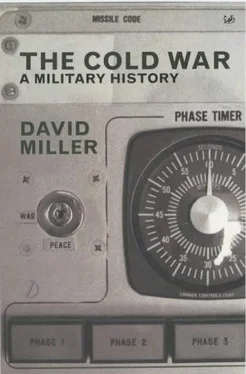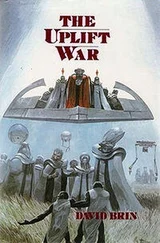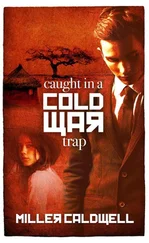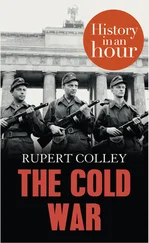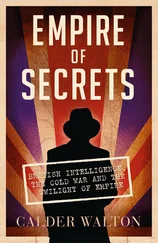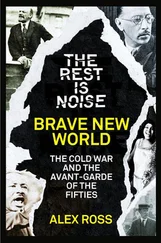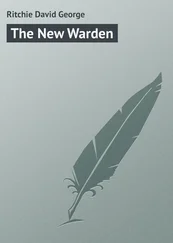NATO reached its twenty-fifth anniversary in 1974 with a feeling of cautious optimism. Diplomatic negotiations were going well, the German Democratic Republic – East Germany – had been recognized by the Western countries, the two Germanies had been admitted to the United Nations in September 1973, Soviet first secretary Leonid Brezhnev had visited both Berlin and Washington, also in 1973, and the MBFR talks were firmly under way.
The following years were a continuation of these processes, and détente seemed almost to have attained a degree of permanence until on 27 December 1979 the Soviet Union invaded Afghanistan. This event had a major impact on NATO, since it appeared that behind the Soviet offers of arms control and reductions in East–West tension there still lurked the inherent aggressiveness which had caused NATO to be formed thirty years previously. The apprehension caused by the invasion of Afghanistan was increased by the threat of a Warsaw Pact invasion of Poland as the ‘Solidarity’ trade-union movement gathered pace, culminating in the takeover of power by General Wojciech Jaruzelski on 19 October 1981. On 13 December this was followed by the declaration of martial law, which led to wide-scale arrests, imprisonment and deaths.
The early and mid-1980s were characterized by a roller-coaster effect as relationships between East and West seemed to alternate abruptly between improvement and deterioration. The Alliance believed that the strategic balance of forces was tipping ever more in the favour of the USSR, and 1981 saw the first issue of a US-government unclassified report titled Soviet Military Power , a well-produced, illustrated and relatively detailed publication which was subsequently issued annually. {3} The Soviet Union made an immediate response by publishing its own glossy assessment of the balance of power, titled Whence the Threat to Peace? {4} NATO then decided to join in this ‘documentary war’, publishing its own, somewhat less glossy, assessment of the balance in 1982. {5}
Spain’s membership of the Alliance had first been discussed in the preliminary talks in Washington in 1948, and had been raised periodically thereafter, but it finally became reality in December 1981. Although Spanish delegates immediately took part in Alliance decision-making, however, some years were to pass before Spain decided to join the integrated command structure.
Throughout this period the problem of intermediate-range nuclear forces (INF) was rumbling on, sparked by the Soviet decision to deploy SS-20 missiles in eastern Europe, which is described in greater detail in Chapter 4.
The US presidential elections in 1980 resulted in victory by Ronald Reagan, who on taking power in January 1981 immediately brought a new sense of direction to both US and Alliance discussions. One of his early moves was the 1983 announcement of the start of the Strategic Defense Initiative (SDI), which was intended to provide a guaranteed defensive shield against incoming missiles and to be superior to a strategy depending upon a heavy counter-attack. The Soviet Union became extremely agitated about SDI, since it threatened to negate the value of its vast stocks of intercontinental and submarine-launched ballistic missiles (ICBMs and SLBMs). Also in 1983 NATO, having failed to persuade the Soviet Union to stop deploying SS-20s, started to deploy Pershing II missiles in West Germany and ground-launched cruise missiles (GLCMs) in the UK and the FRG.
In 1984 NATO approved SACEUR’s new concept known as ‘Follow-On Forces Attack’ (FOFA). Soviet operational plans were known to be based on sudden attacks by in-place forces (i.e. those already in position in eastern Europe in peacetime), which were designated ‘first echelon forces’ by NATO. The Soviets intended that this first echelon would keep going for as long as possible, but that, if it was halted by NATO forces, they would then pass through fresh, previously uncommitted forces, designated the ‘second echelon’, to restore the momentum of the attack. FOFA was concerned with conventional operations to locate, attack and destroy Warsaw Pact second-echelon forces before they were committed; it required target-acquisition means that were not only more effective but operated at much greater depth than existing systems, allied to more rapid information processing, and improved means of conventional attack on targets deep in the enemy’s rear areas.
The remainder of the 1980s seemed like a helter-skelter ride as one agreement followed after another, particularly following the appointment of Mikhail Gorbachev as general secretary of the Communist Party of the Soviet Union (and hence leader of the USSR). Progress in many areas of East–West discussions, such as the MBFR and CSCE talks, started to improve, and became even better following the Reagan–Gorbachev meeting in Reykjavik in October 1986, even though that meeting itself did not result in any firm agreements.
The INF Treaty on the reduction of tactical nuclear weapons was signed in December 1987, and the Soviet army began its withdrawal from Afghanistan in May 1988, completing it in February 1989. Also in February 1989 the Soviet Union and all Warsaw Pact members except Romania announced troop reductions as a prelude to the opening of the Conventional Armed Forces in Europe (CFE) talks in Vienna in March. But, far away from these high-level discussions, though inspired by the atmosphere of change they engendered, the people of East Germany were taking matters into their own hands. Thus in the second half of 1989 East Germans started to escape to West Germany via Czechoslovakia, with the Czech government doing virtually nothing to help its Warsaw Pact comrade-in-arms. Then in November the popular pressure on the East German government became intense and, having realized that, on this occasion, they would receive no assistance from the Soviet army, the East German authorities opened the checkpoints in the Berlin Wall. There were many diplomatic formalities to follow, but in essence the Cold War was over and NATO had achieved the aim for which it was founded.
The perceived threat from the Soviet Union caused the European nations and those of North America to draw together through NATO in a way which had never previously proved possible, even in the face of war. Thus, at the political level, there was regular consultation both through ministerial meetings and through the permanent representatives in Brussels, and, while they always remained sovereign nations, NATO members nevertheless sacrificed a degree of independence through membership of the Alliance. Even the most powerful nation of all, the United States, regularly consulted its NATO colleagues before the rounds of various discussions with the USSR, and as regularly reported on the outcome.
NATO did not have its own parliament, but the 188–member North Atlantic Assembly fulfilled at least some of the tasks of such a body. [3]The Assembly existed outside NATO, was funded by member nations (plus a small grant from NATO itself), and met twice a year, for three days in the spring and five days in the autumn. Its task was to provide a forum where matters of current concern could be discussed by representatives of the national legislative assemblies (government ministers were ineligible for membership), and it then produced two types of document: recommendations , which were sent to the North Atlantic Council urging a particular action, and resolutions , which were sent to member governments and were essentially expressions of opinion.
NATO’s bureaucratic infrastructure was vast. The political and diplomatic International Staff was divided into five divisions, covering political affairs; defence planning and policy; defence support, infrastructure logistics and civil-emergency planning; scientific affairs; and international affairs.
Читать дальше
